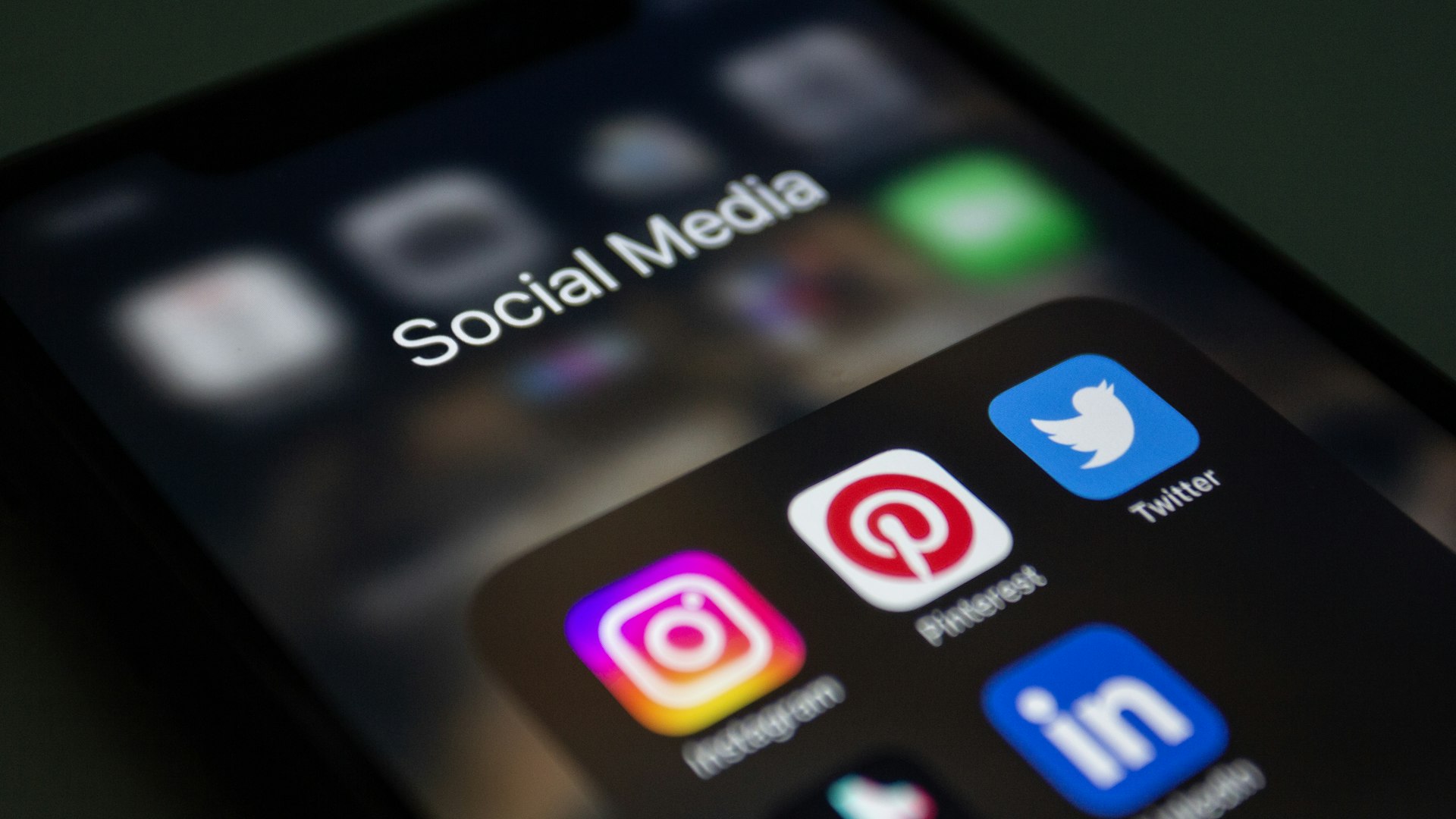Unlocking the Power of Social Media for Effective Science Communication


Photo by Shutter Speed on Unsplash
Introduction: Why Social Media Matters for Science Communication
Social media has dramatically transformed the landscape of science communication. Once limited to academic journals, conferences, and traditional media, scientific knowledge now flows directly to the public, policymakers, and stakeholders through platforms like Twitter, LinkedIn, YouTube, and Facebook. This shift brings unprecedented opportunities-and new challenges-for scientists striving to make their work accessible, relevant, and influential in society [1] .
The Benefits of Science Communication through Social Media
Effective use of social media enables scientists to:
- Reach broad and diverse audiences : Social media platforms have billions of users worldwide, allowing scientists to connect with people from varied backgrounds, cultures, and expertise levels [4] .
- Promote dialogue and engagement : Unlike one-way communication, social media fosters two-way conversations, inviting questions, feedback, and new perspectives [2] .
- Accelerate knowledge dissemination : Scientific discoveries can be shared instantly and widely, reducing the lag between discovery and public awareness [1] .
- Inspire action and policy change : Compelling science communication can inform decisions, influence policy, and motivate societal action on urgent issues like climate change or public health threats [5] .
How Social Media Drives Real-World Impact: Case Studies and Examples
Real-world examples highlight the effectiveness of science communication through social media:
During a scientific conference in Norway, organizers leveraged Twitter and LinkedIn campaigns to increase attendance. Their efforts resulted in unexpectedly high participation: 100 in-person and 100 online attendees, a significant jump attributed to targeted social media outreach [4] .
In the field of cardiovascular research, studies have shown that Twitter can help disseminate heart health information, reaching both professionals and the general public. This not only improves awareness but also fosters a more inclusive scientific dialogue, opening doors for communities that may have limited access to traditional scientific resources [3] .
Key Strategies for Effective Science Communication on Social Media
To maximize the impact of your science communication efforts, consider these proven strategies:
- Use accessible language : Translate complex concepts into clear, jargon-free explanations that resonate with non-experts [1] .
- Engage in active dialogue : Respond to comments, ask questions, and encourage participation. Engagement metrics-such as likes, shares, and comments-reflect cognitive, affective, and behavioral forms of audience involvement [2] .
- Leverage multimedia formats : Video-based communication, including short explainer videos and live streams, can significantly boost message retention and shareability [1] .
- Be authentic and transparent : Share the story behind the science, acknowledge uncertainties, and be open about limitations. Authentic communication builds trust and credibility [5] .
- Target your audience : Tailor your content for specific platforms and demographics. For example, LinkedIn is ideal for professional audiences, while Instagram and TikTok can engage younger and more diverse groups [4] .
Step-by-Step Guide: Amplifying Your Science Message on Social Media
- Define Your Goals : Are you aiming to inform, inspire, or drive action? Clarify your objectives before creating content.
- Identify Your Audience : Research the interests and needs of your target audience. Use platform analytics to understand who engages with your content.
- Create Engaging Content : Develop a content calendar with planned topics, formats (text, video, infographics), and calls-to-action. Use relatable examples and real-world applications to illustrate concepts.
- Foster Two-Way Communication : Regularly interact with your audience by responding to questions, conducting polls, or hosting live Q&A sessions.
- Evaluate and Adapt : Monitor engagement metrics, gather feedback, and adapt your approach. Look for trends in what works best for your audience [2] .
Challenges and Solutions in Social Media Science Communication
While social media offers many advantages, it also brings challenges:
- Misinformation and polarization : The rapid spread of false information can undermine trust. Combat this by providing clear, evidence-based messages and citing reputable sources [1] .
- Audience fragmentation : Different platforms attract different demographics. To reach a broad audience, diversify your content and cross-promote across multiple channels [4] .
- Limited scientific literacy : Many users may lack the background to fully grasp complex research. Use analogies, visuals, and step-by-step explanations to make science more approachable [5] .
- Time and resource constraints : Creating high-quality content requires effort. Scientists can benefit from collaboration with professional communicators or by investing in communication training programs [1] .
Practical Alternatives and Additional Pathways
If you are unable to manage social media communication yourself, consider the following options:
- Collaborate with your institution’s communications office or public relations team. Many universities and research institutes offer support for researchers looking to expand their outreach.
- Seek professional training in science communication. Look for workshops or online courses offered by reputable organizations, such as The Alan Alda Center for Communicating Science (search for “Alda Center science communication training”).
- Partner with science communicators or influencers who have established audiences relevant to your field.
You can also explore open-access journals and science platforms to share your findings with wider audiences. For official information, visit the websites of recognized academic publishers or professional societies in your discipline.
Key Takeaways and Next Steps
Science communication through social media is a powerful tool for building public understanding, trust, and engagement. By following best practices, embracing dialogue, and leveraging the unique strengths of each platform, scientists can amplify the impact of their work and contribute to solving critical societal challenges.
To get started:
- Define your communication objectives and audience.
- Develop a practical content strategy that includes multimedia, storytelling, and interactive elements.
- Monitor your progress using platform analytics and audience feedback.
- Seek support and training as needed to hone your communication skills.
For comprehensive guidance, consider connecting with your institution’s outreach office, joining professional science communication networks, or searching for training programs in science communication from credible academic or nonprofit providers.

Photo by manas rb on Unsplash
References
- [1] JCOM (2025). Evaluating video-based science communications practices.
- [2] Frontiers in Communication (2025). The science communication in social media theory of change.
- [3] Humanities and Social Sciences Communications (2023). Research agenda to engage citizens in science through social media.
- [4] European Research Executive Agency (2023). Science Communication: how social media can effectively boost your research project.
- [5] University of Pennsylvania (2023). Why excellent communication skills are vital to a successful science career.




